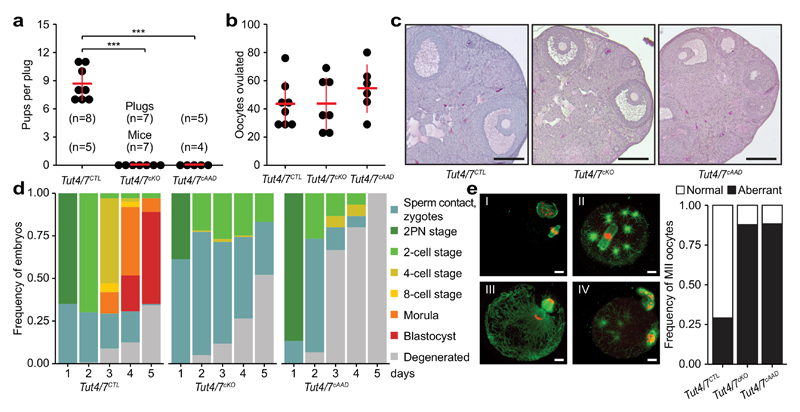Figure 2. Infertility and defective oocyte maturation in Tut4/7cKO mice.
a, Number of pups born per plug from Tut4/7CTL, Tut4/7cKO and Tut4/7cAAD mice. The number of animals tested, the mean and s.d. are indicated (t-test; ***, p < 0.001). b, Number of ovulated oocytes harvested after hormonal stimulation. Center values and error bars indicate the mean and s.d., respectively. The number of mice analyzed is n=8 for Tut4/7CTL, n=7 for Tut4/7cKO and n=6 for Tut4/7cAAD mice. c, Representative ovary sections stained with H&E for Tut4/7CTL, Tut4/7cKO and Tut4/7cAAD mice. Scale bars indicate 200 μm. d, In vitro development of oocytes isolated from Tut4/7CTL, Tut4/7cKO and Tut4/7cAAD mice that had been mated with wild type males of proven fertility. The fraction of oocytes with sperm contact or zygotes at the 2-pronuclei (2PN), 2-cell, 4-cell, 8-cell, morula and blastocyst stages is shown over five consecutive days. The number of mice and oocytes/embryos analyzed is: Tut4/7CTL, n=137 embryos, n=5 mice; Tut4/7cKO, n=119 embryos, n=6 mice and Tut4/7cAAD, n=15 embryos, n=2 mice. e, Representative confocal immunofluorescence micrographs showing Tut4/7CTL (panel I) and abnormal Tut4/7cKO (panel II-IV) MII oocytes stained with anti-tubulin antibody (green) and DNA stained with Hoechst 33342 (red, left). Scale bars indicate 10 μm. The frequency of abnormal MII oocytes is presented for the respective genotypes (right). The number of oocytes and mice analyzed is: Tut4/7CTL, n=117 oocytes, n=3 mice; Tut4/7cKO, n=171 oocytes, n=5 mice and Tut4/7cAAD, n=77 oocytes, n=2 mice.

